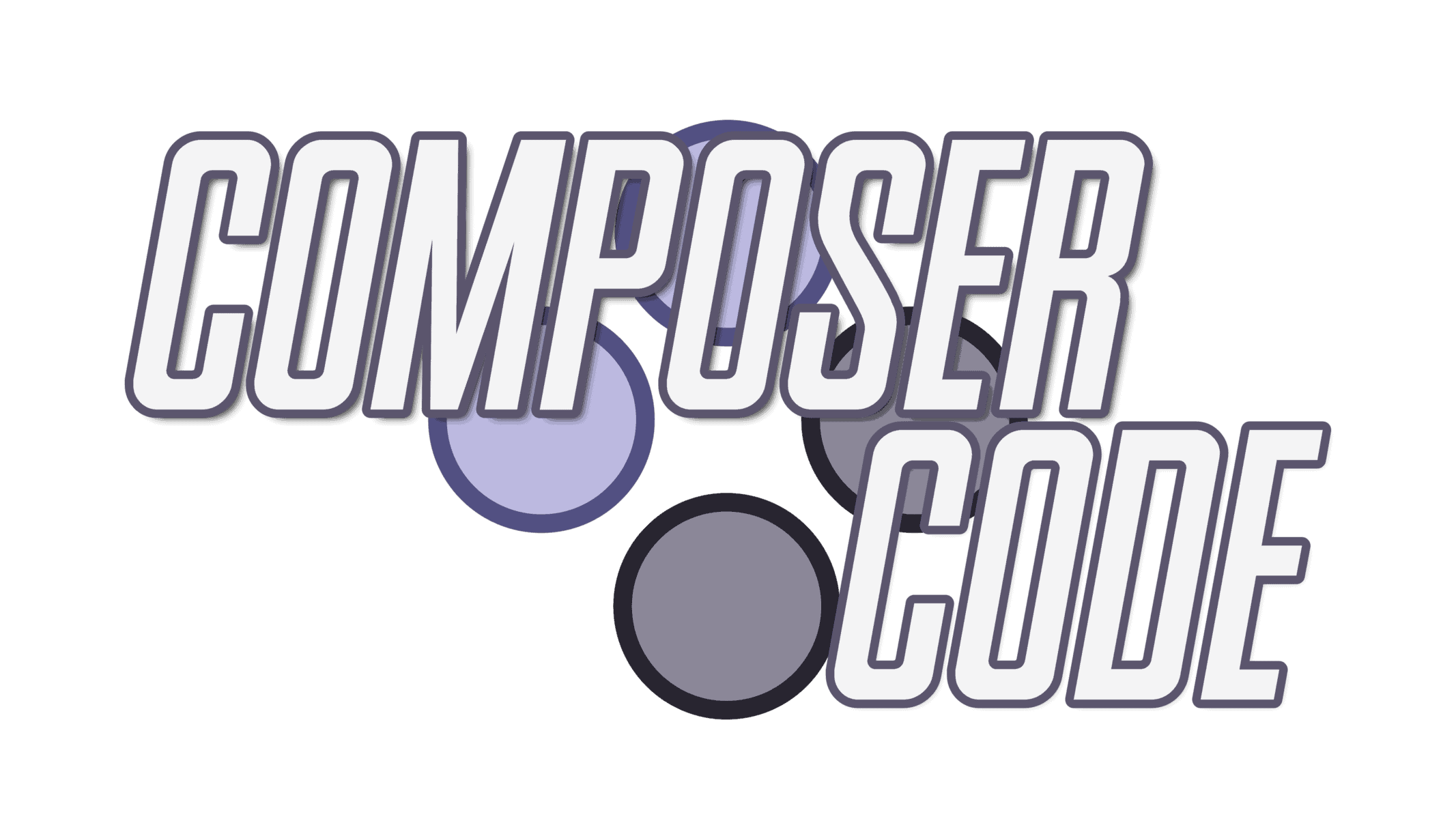
The Lydian mode, perhaps second only to the Dorian mode, is the most popular musical mode in all of Western music.
From film scores to video games to pop music… the Lydian mode is everywhere.
This post is part of an ongoing series on musical modes, what they are, how they work, and how they can enhance your own music.
We’ll talk about:
- What the Lydian mode is and how to use it
- What the Lydian mode “feels” like in music
- Examples of the Lydian mode across multiple genres and mediums
This is gonna be fun. But first, let’s do quick review on modes as a whole.
Table of Contents
What are musical modes and why are they important?
Musical modes are particular ways to organize musical pitches, not unlike a scale.
Modes are important because they can help us break out of the “major is happy” and “minor is sad” clichés, and allow us to express more nuanced emotions in our music.
In the Western classical tradition, there are seven primary modes, often referred to as diatonic modes:
- Ionian
- Dorian
- Phrygian
- Lydian
- Mixolydian
- Aeolian
- Locrian
Many folks will describe modes as just “major scales with different starting notes.” For example, if you take the C major scale…
C – D – E – F – G – A – B – C
…and shift the starting note (tonic) to the fourth degree, you would construct a scale in the F Lydian mode:
F – G – A – B – C – D – E – F
It’s all the same notes, just shifted over three degrees.
This is all well and good, but I don’t think it lends itself well to really learning and internalizing modes (or transposing modes into any other key besides C, because that’s always the one used in these examples).
A better way is to think of modes in two camps: major modes and minor modes.
Major modes are all the modes with a major third, namely:
- Ionian (classic major scale)
- Lydian
- Mixolydian
While minor modes are all the modes with a minor third:
You can think of each mode as a twist or variation of the standard major or minor scale. In our case, we’re focusing on the Lydian mode, which is technically just a major scale with a raised fourth degree.

That’s it! To me, that’s so much easier to remember and understand than the mental gymnastics of figuring out my starting note for whatever key I’m in.
What is the Lydian mode?
The Lydian mode, as we’ve just described, is a major scale with a raised fourth degree.
So, to put a finer point on it, here is a C major scale (which we could call an Ionian mode). It’s just your standard, A-grade, farm-raised, gluten-free major scale:
C – D – E – F – G – A – B – C
Notice the natural fourth interval, the F.

Now, this is our C Lydian mode (remember, just a C major scale with a raised fourth degree):
C – D – E – F# – G – A – B – C

Do you hear the difference? It took the already bright major scale and made it sound even more expansive, hopeful, floaty, and just a tad bit mysterious.
The Lydian Chromatic Concept
While this post is obviously a 30,000-foot view of the Lydian mode, it’s worth mentioning that many music theorists believe the Lydian mode to be the most important in all of Western Music.
This is the primary thesis argued for in George Russell’s seminal work, The Lydian Chromatic Concept of Tonal Organization.
In it, Russell argues that the Lydian mode is the most “unified” or “final” version of any chord or harmony.
His main argument is based on the overtone series. Whenever you hear a pitch, you’re not just hearing that one note, but a series of notes “on top” of that note.
This is how our ears perceive sound, and scientists call this the “overtone series” or harmonics.
This isn’t opinion or debate: this is how sound objectively works in nature.
The overtone series follows a very predictable intervallic sequence, as shown in this illustration:

Because the first interval that happens after the octave is the perfect fifth, Russell argues that the fifth is the strongest harmonic interval.
Now here’s something interesting.
If you were to take fifths and stack them up six times, you would create an open-voiced Lydian scale:

Listen to this audio of the voicing in the above example:
This is a super deep rabbit hole that I’d encourage you to check out if you’re weird and nerdy like me. But for now, I’ll just say this:
Some really smart people think the Lydian mode is (Larry David voice) PRET-TY, PRET-TY, PRET-TY cool.
What does the Lydian mode “feel” like?
As the title of this post reveals, I like to think of the Lydian mode as an even brighter major scale. It’s also a bit mysterious and kind of spacey.
The Lydian mode is often used to evoke a sense of expansive happiness or childlike wonder in film and video game music.
It also finds its way into lots of pop music, as we’ll see later in this post.

How Lydian harmony changes the vibe of your music
The Lydian mode, when applied to your harmony, will also change the quality (major or minor) of certain chords. This can lead to really interesting harmonic progressions that fall outside of a typical diatonic range.
To review, if we were to build triads on each of the chords in the C major scale, we’d have these chords at our disposal:

However, because of our raised fourth in the Lydian mode, a few of our chords are altered. Take a look (and listen):

Some cool things happening here!
Notice that the Lydian mode has altered three of our triads:
- The D minor turns into an D major (whoa)
- The F major turns into a F#°
- And the B° turns into a B minor
Probably the coolest harmonic alteration (for me), is that minor ii to major II transition.
It’s worth noting that you don’t need to stick to just these chords prescriptively. You can oscillate back and forth between a natural major scale and the Lydian mode (or any other mode) whenever you want. It’s a free country!
This is called mode mixture, and it happens all the time in every type of music.
Examples of the Lydian mode
To get your creative juices flowing, let’s look at some examples of real-life music that uses the Lydian mode.
Rick Beato does a great job of showing how the Lydian mode is loved across multiple mediums, most notably film scores (especially classic “Golden Era” film scores from John Williams and company).
In this video, David Bennett piano once again does a great job of showing the breadth of the Lydian mode across many genres.
Check out Tom Petty’s Here Comes My Girl, with that nice major I to major II move!
My buddy 8-bit Music Theory simply does not miss, especially when it comes to showing the power of the Lydian mode in video game music (which is everywhere, by the way).
Final thoughts
Let’s summarize what we’ve learned:
Modes are an excellent tool for evoking more complex and nuanced emotions in your music.
The Lydian mode is a major scale with a raised fourth. It’s perfect for creating a sense of expansive brightness in your harmony.
Now that you understand the Lydian mode, try using it in your own music! And if you’re looking for more information on modes, be sure to subscribe to my newsletter (by filling out the form below) so you don’t miss another article.
Thanks for reading!
